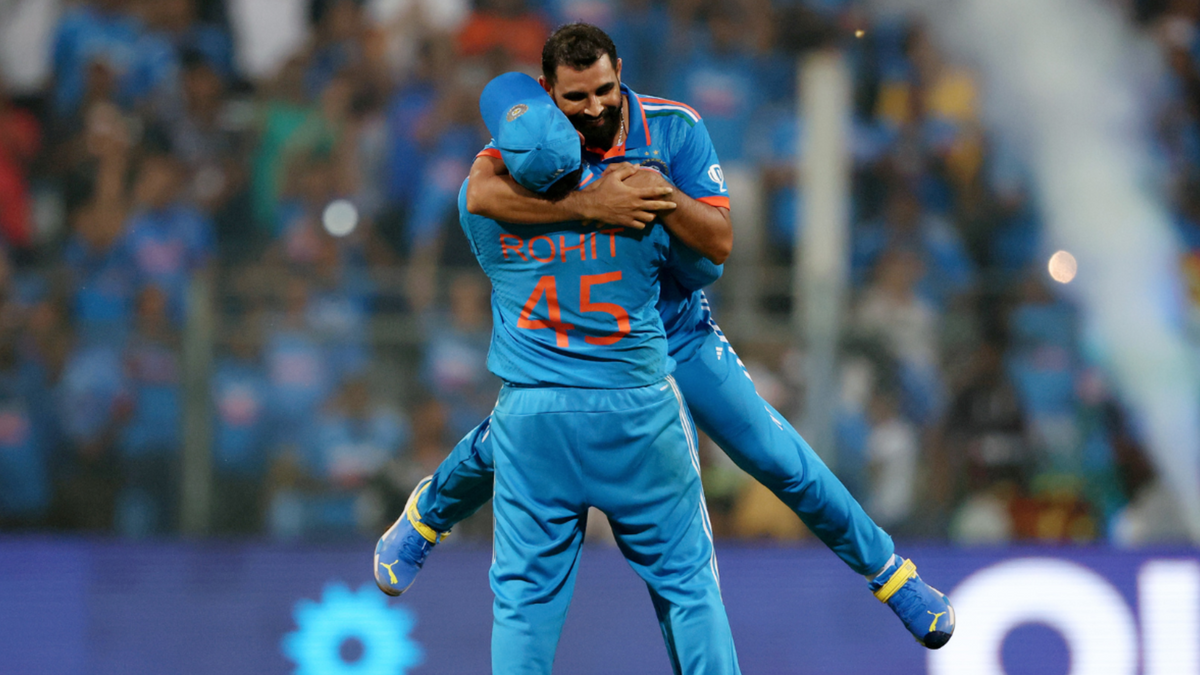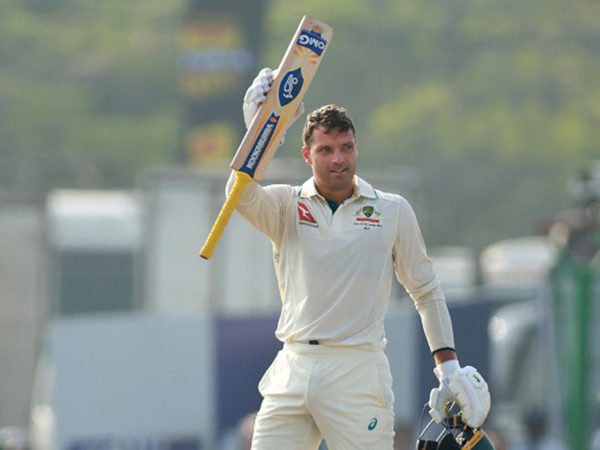
For a sport that’s supposed to be team-oriented, cricket provides ample space for personal victories. It’s often the overpowering element of a great story: you can’t help but latch onto the tale of a single protagonist, and live a little of their journey with them.
For Mohammed Shami, this World Cup has been an achievement of extraordinary proportions. It’s near unthinkable for a bowler to have picked 23 wickets at under 10 runs per wicket, three five-fors included, while playing only two-thirds of his team’s matches. He’s got one more game to make the record book a few pages longer.
As often the case with heroic tales, Shami’s stuff of dreams compels you to look back at his journey. In many ways, his greatness has never been aptly considered, most so in the white-ball formats. That Shami is a red-ball giant is a natural subset in the overall narrative: India’s Test bowling group is one of the greatest ever, and Shami is one of its mightiest masts.
Before 2023, recency bias created a convoluted image. He played just three ODIs last year, none in 2021, and six in 2020. That’s ten matches in three years, equal to the number of league matches India has played in this World Cup. In 2022, he picked a total of four wickets. In 2020, his economy rate was 7.03 after six games. That includes a spell of 7.4-0-58-0 against Australia at the Wankhede Stadium, the same venue where he just produced a World Cup seven-for. Those were pre-pandemic times, Covid-19 was still a couple of months away.
As the lockdown set in, Shami used the silence to prime his already great skills into something greater. From nets to running tracks, Shami used the vast expanses of land in the town of Amroha to set up his personal facility.
“There was a lot of noise on lockdown being imposed,” Shami told reporters last month. “I knew there won’t be a scope to go anywhere and it would not be safe to go anywhere. I thought it would be better to build that facility at the farmhouse.”
A relentless, obsessive pursuit for excellence took flight. “I feel that I don’t get relaxed after going home. I get more relaxed training,” he said.
Shami used his Test ingredients to ace the shorter formats. When his coach, Mohammed Badruddin, tried to convince Shami to try cross-seam, the reply was: “Yeh cross-seam darpok daalte hai (only cowards bowl cross-seam). My strength is my seam, and I am not going to compromise on that.’”
As told by Badruddin in an interview with Indian Express, Shami would spend three to four hours under floodlights, bowling with white balls that had been kept in water through the day. Ball by ball, a white-ball hero was reassembling.
It wasn’t just the physical skills: the will to redeem himself was born out of criticism. Branded a red-ball-only bowler by a former cricketer, Shami was compelled to prove him, and several others, wrong. “Mujhe apne upar se ye thappa hatana hai (I want to get rid of this tag)”.
For India’s greatest ODI World Cup bowler, that tag is already gone.
Shami has received love and only love over the course of this tournament. But it can’t be this easy to forget all the vitriol he had to endure two ICC tournaments ago. Before another India-New Zealand match, at the 2021 T20 World Cup, Virat Kohli stepped up publicly to support Shami, who had been violently abused on social media after an expensive spell against Pakistan.
“To me, attacking someone over their religion is the most, I would say, pathetic thing that a human being can do,” Kohli said, as Shami’s account was filled with Islamophobic comments after the Pakistan game. The team stood by him after 3.5-0-43-0. The same team stands by him after 9.5-0-57-7.
It’s heartening to see Shami receive all the world’s appreciation today, but one can’t even comprehend the struggle he’s endured to reach this level. The lockdown toil of 2020 was part of the healing journey. That’s also when he first revealed the harrowing details of his private struggle, of having considered suicide thrice due to stress and personal issues. Scared that he’d jump out of his 24th floor balcony, his family had to install friends for a round-the-clock vigil.
If there’s one person who has seen it all, it is Shami. It’s not a story for the faint-hearted. It wasn’t very long ago that he was accused of attempted murder and cruelty by his now-estranged wife, investigated by the anti-corruption unit after accusations of fixing by the same woman, and consequently had his central contract withheld. Cricket took a backseat.
Just like the Test cricketer’s remark, it took some well-directed criticism to fire up Shami. In June 2018, when Shami was at his lowest, a failed fitness test almost pushed him to the brink of leaving the sport. He went to then-coach Ravi Shastri, and said “Mai cricket chhod dunga, mera career khatam ho gaya”. (I will quit cricket. My career is over).
Former fielding coach R Sridhar’s book, Coaching Beyond, details how Shastri’s sharp retort turned everything around.
“Accha, fir tu cricket chhod dena chahta hai toh chhod de. Lekin tu karega kya chhodke? (Fine, if you want to quit cricket, quit. But what will you do?)” said the ever-blunt Shastri, punctuating it with a few Hindi expletives.
Having shaken him with reality, Shastri offered Shami two months to set his fitness back on track. The target was the 2018 England tour, where he was told to take “all his rage and frustration out on English batters”. The words had a profound effect on Shami.
Five years on, Shami and his teammates stand on the cusp of cricket’s greatest achievement. He has built and rebuilt himself into a beast of scary proportions. Today, the affection and respect for this great bowler has no bounds.
If this campaign ends with a World Cup in Shami’s hands, and he so richly deserves it, one of cricket’s greatest redemption arcs would be complete. And this time, whether Shami delivers or not, India should deliver for Shami.








